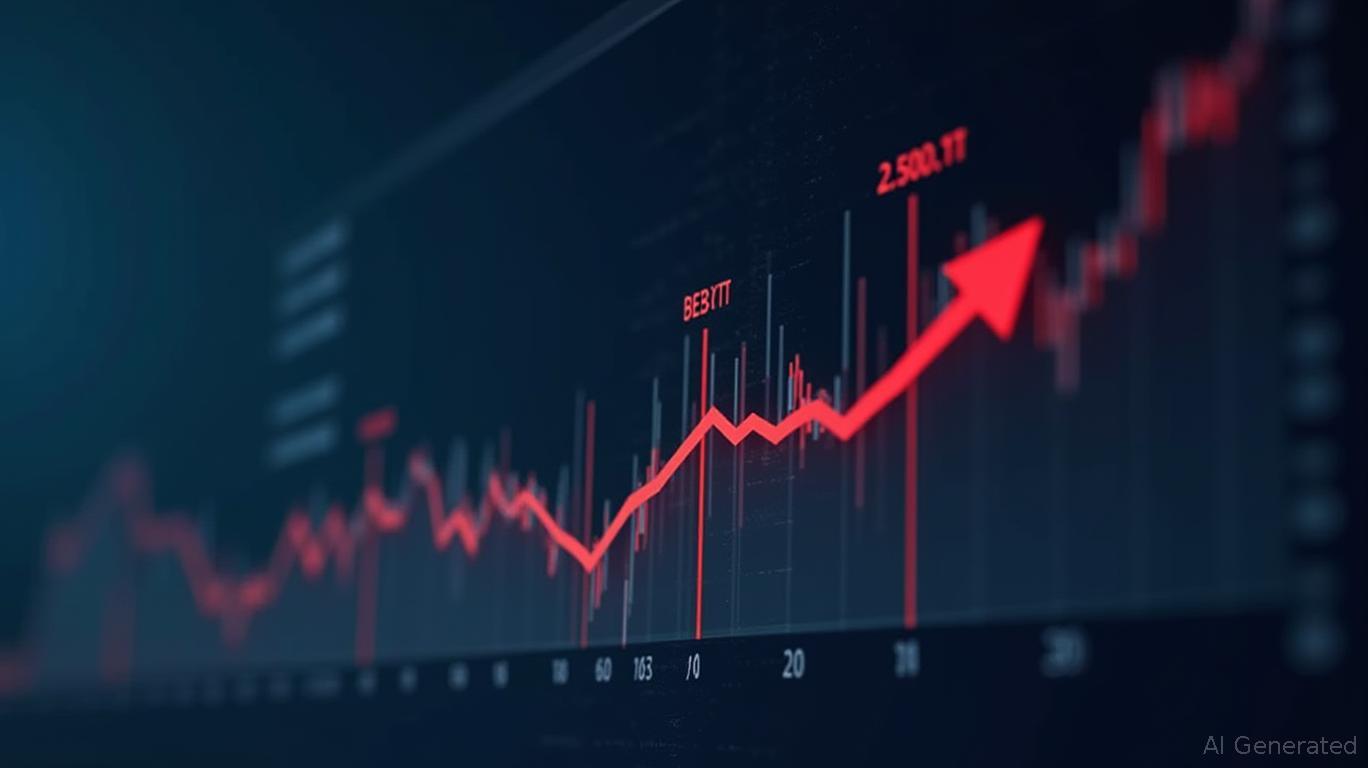OPEC+'s Output Gamble: Navigating Volatility in Energy Markets
The oil market is at a crossroads. On July 1, 2025, OPEC+ reaffirmed its decision to maintain a 411,000 barrels per day (bpd) production increase, a move that underscores its strategy to unwind voluntary cuts while balancing geopolitical tensions and demand uncertainty. This decision—part of a broader plan to restore 1 million bpd of cuts by year-end—has ignited debates over its impact on prices, demand dynamics, and the fragile alliance's internal cohesion. For investors, this is a pivotal moment to position for volatility and structural shifts.

The Strategic Gamble: Short-Term Pain for Long-Term Gain?
OPEC+'s July decision reflects a calculated risk. By maintaining output growth, the
aims to undercut surging U.S. shale production, which the IEA projects will decline by 190,000 bpd in 2026 due to low oil prices. This is no accident: OPEC+ seeks to keep prices in the $60–$70 range to squeeze shale producers with higher breakeven costs. The 411,000 bpd hike—part of a 2.2 million bpd unwind since April—prioritizes market share over short-term revenue, a stark contrast to its 2020 production cuts during the pandemic.However, internal compliance risks loom. Kazakhstan, Iraq, and Russia have historically overproduced, undermining quotas. As UAE's Suhail al-Mazrouei warned, “Collective action is non-negotiable.” Non-compliance could accelerate the supply glut, pushing prices below $60/bbl—a threshold that would further strain OPEC members reliant on oil revenue.
Demand Dynamics: IEA vs. OPEC—A Divide in Optimism
The IEA's May report paints a cautious picture: global oil demand growth for 2025 is revised down to 740,000 bpd, with a projected surplus of 720,000 bpd by year-end. Key drivers include slower Chinese industrial activity, EV adoption (projected to displace 1.3 million bpd by 2024), and trade tensions. Conversely, OPEC remains bullish, forecasting 1.45 million bpd growth, betting on Asia's petrochemical sector to drive demand.
This divergence creates a market bifurcation:- Bullish Case (OPEC's View): Strong Asian demand, delayed EV adoption, and geopolitical disruptions (e.g., Iran sanctions) support prices above $70/bbl.- Bearish Case (IEA's View): Oversupply, EVs, and economic slowdowns push prices toward $60/bbl or lower.
Investors must weigh these scenarios. The IEA's surplus projections suggest short-term downside risks, while OPEC's optimism hinges on compliance and geopolitical stability.
Geopolitical Tensions: Kazakhstan's Defiance and Beyond
Kazakhstan's repeated overproduction—highlighted in OPEC+ compliance reports—is a microcosm of the alliance's fragility. Its defiance risks triggering a price war, especially if other members follow suit. Meanwhile, U.S.-Iran nuclear talks threaten to add 500,000–1 million bpd of Iranian supply if sanctions are lifted, further pressuring prices. Investors should monitor:- Kazakhstan's output data (released weekly by OPEC).- U.S.-Iran diplomacy updates (via geopolitical risk indices).
Investment Strategies: Hedging Volatility and Playing Sectors
- Hedge Against Price Swings:
- Long Brent/WTI Futures: If OPEC+ tightens compliance or geopolitical tensions escalate, prices could rebound to $70+/bbl.
Put Options: Protect against downside risks if surplus grows or shale production rebounds.
Sector-Specific Plays:
- OPEC-Backed Equities: Invest in state-owned oil majors like Saudi Aramco or ADNOC, which benefit from long-term demand (e.g., petrochemicals).
- Short U.S. Shale Stocks: Target companies with breakeven costs above $65/bbl (e.g., Pioneer Natural Resources, Continental Resources).
EV Infrastructure: Capitalize on EV adoption with plays in lithium miners (e.g., SQM) or charging networks.
ETFs for Diversification:
- Energy Sector ETFs (XLE, VDE): Track oil majors and refiners.
- Inverse Oil ETFs (DTO): Profit from price declines in a surplus scenario.
Conclusion: Act Now—Volatility is Here to Stay
OPEC+'s July decision is a high-stakes gamble. While the alliance aims to weaken shale and secure market share, internal fractures and demand headwinds could amplify price swings. Investors must act decisively:- Short-term: Hedge against surplus risks with puts or inverse ETFs.- Long-term: Position for OPEC's structural advantage in low-cost production and EV-related demand shifts.
The energy market is a battlefield of supply, demand, and geopolitics. Stay agile—volatility is your ally.

Comments
No comments yet